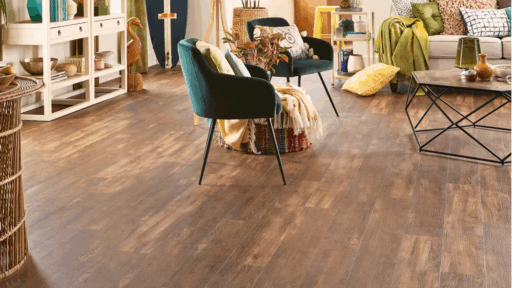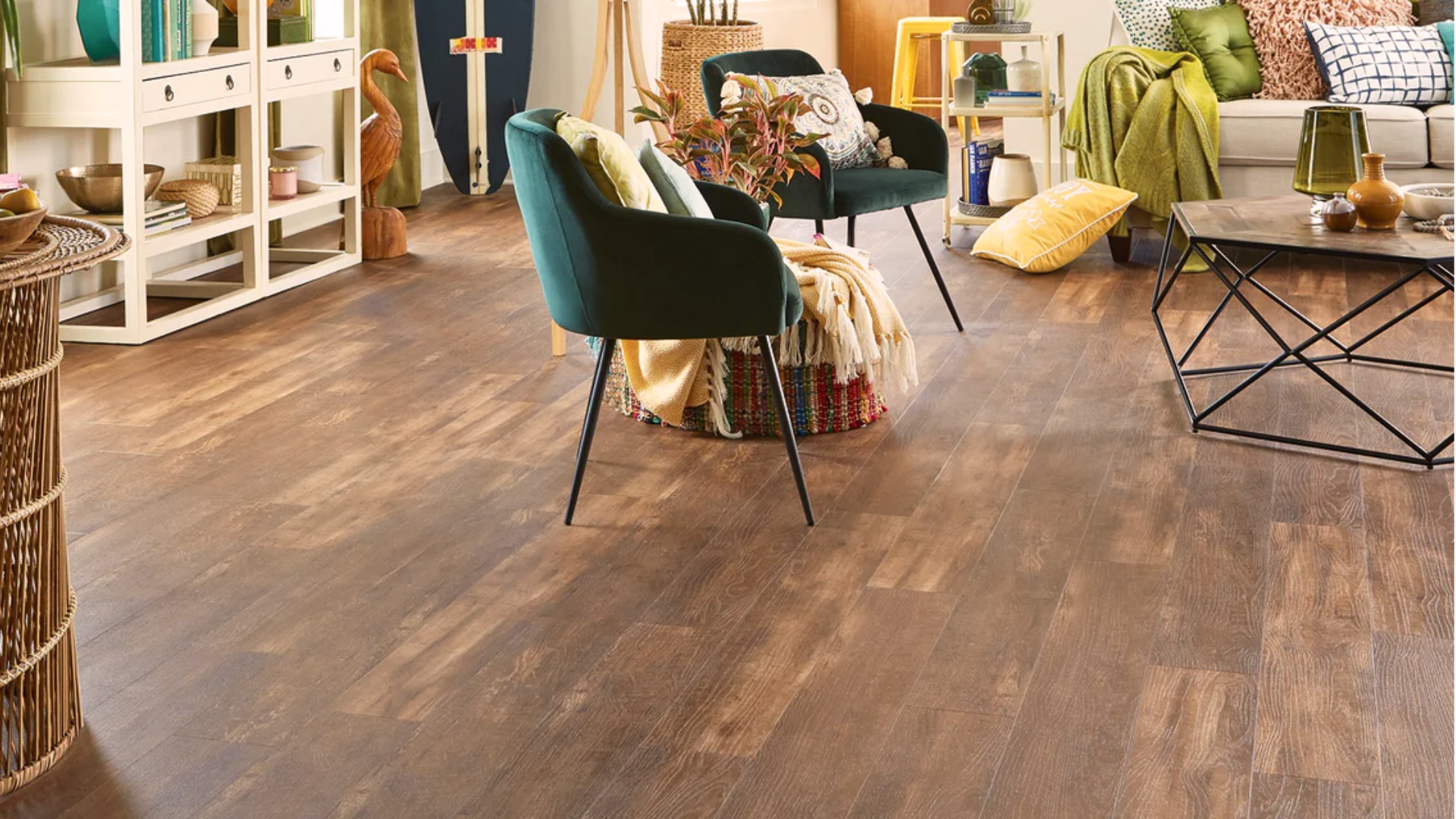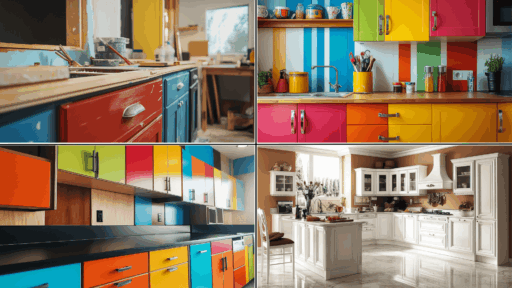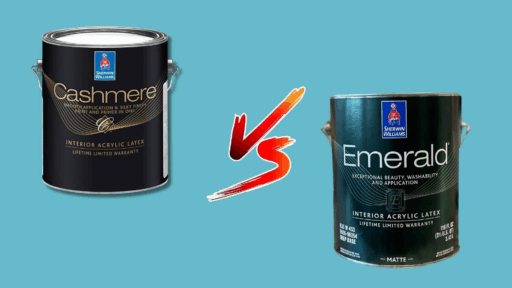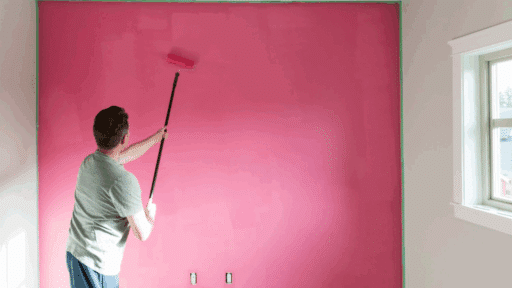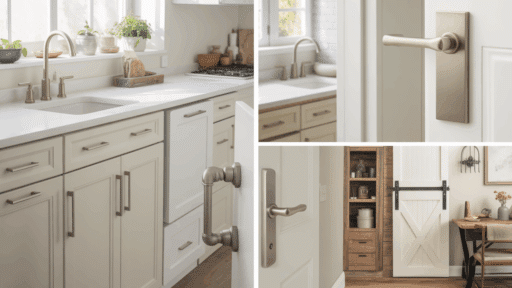Waterproof flooring makes life easier, especially if your home has kids, pets, or a lot of foot traffic.
Spills, muddy shoes, and accidents are just part of daily life, and the last thing you want is a floor that soaks it all up. That’s where Luxury Vinyl Plank (LVP) flooring comes in.
It’s affordable, stylish, and easy to clean, but one big question keeps coming up: Is LVP really waterproof?
In this blog, I’ll break it all down. You’ll learn:
- What LVP is and how it’s made
- If it’s truly waterproof, or just resistant
- The pros and cons, compared to other floors
By the end, you’ll know if LVP is the right fit for your home.
Understanding Luxury Vinyl Plank (LVP) Flooring
If you’re looking for flooring that looks like wood but can handle daily life a little better, LVP might be the answer.
I’ve seen more and more people choose LVP because it gives you the warm look of wood without the high price. LVP is a synthetic plank-style flooring made to mimic the appearance of real hardwood.
It comes in long, narrow strips that lock together, kind of like a puzzle. You can install it over most subfloors without glue or nails.
This is what’s inside each plank:
- Wear layer: the clear top layer that protects against scratches and scuffs.
- Image layer: a printed photo that gives the plank its wood-like look.
- Core: either WPC (wood plastic composite) or SPC (stone plastic composite), both strong and stable.
- Backing: a bottom layer that adds support and helps with sound and moisture.
It’s a smart choice if you want style and function without a big price tag.
Is LVP Really Waterproof or Just Water-Resistant?
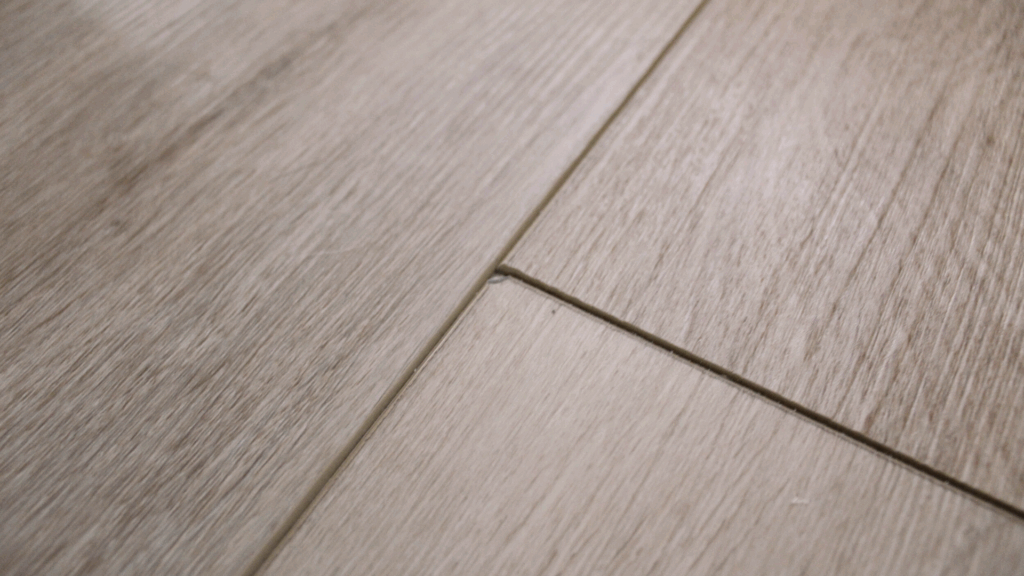
Many flooring companies call luxury vinyl plank “100% waterproof,” but what does that actually mean?
Waterproof means water won’t get through the material at all, no matter how long it sits. Water-resistant means the surface can hold off water for a while, but not forever.
Most LVP products can be called waterproof based on the materials used.
They don’t absorb water, and they won’t swell or warp when something spills. Everyday messes, like a knocked-over drink, pet accidents, or steam from a shower, won’t hurt the floor if cleaned up in a reasonable time.
So, is LVP waterproof? Yes, the material itself is.
The core layer makes a big difference:
- WPC (wood plastic composite) is softer and lighter. It handles water well but can still swell in extreme moisture.
- SPC (stone plastic composite) is denser and tougher. It does better in areas with higher humidity or regular splashes.
Still, LVP isn’t sealed at the seams. That means water can seep between the planks if it’s not cleaned up quickly, especially if the floor wasn’t installed properly.
Once water gets under the planks, it can sit between the floor and subfloor, leading to mold or other issues.
But how well it performs also depends on how it’s installed and how quickly water is cleaned up. It’s a great choice for kitchens, bathrooms, and basements, as long as you know its limits and take care of it.
Pros and Cons of LVP Flooring
Luxury vinyl plank flooring has become popular for good reason, but it’s not the right fit for everyone. It’s important to weigh the benefits against the drawbacks before you choose it for your home.
Pros
- Water-resistant or waterproof: Most types can handle spills, steam, and wet shoes.
- Easy to clean: Just sweep and use a damp mop, no special products needed.
- Looks like real wood: It gives you the wood look without the high cost.
- Durable for daily use: It holds up well in high-traffic areas.
- Soft underfoot: It feels more comfortable than tile or hardwood.
- Simple to install: Many styles click together without glue or nails.
- Budget-friendly: It’s often cheaper than hardwood, stone, or tile.
Cons
- Seams aren’t sealed: Water can seep between planks if spills aren’t cleaned up quickly.
- Can dent or scratch: Heavy furniture, pet nails, or dropped items may leave marks.
- Not heatproof: High heat or direct sunlight can cause warping or shifting.
- Subfloor matters: Uneven or poorly prepped subfloors can affect how the floor wears over time.
- May not boost resale value: Some buyers still prefer hardwood over vinyl.
- Sound can be hollow: Lower-end LVP might feel or sound less solid underfoot.
- Quality varies: Not all brands offer the same durability, so it’s easy to pick a weaker product without knowing.
Comparing LVP with Other Flooring Options
If you’re choosing flooring for areas where water or daily wear is a concern, it helps to see how luxury vinyl plank stacks up against other popular options.
| Type | How It Handles Water | Feel and Comfort | Look and Style | Key Notes |
|---|---|---|---|---|
| LVP | Waterproof or water-resistant, doesn’t swell | Softer, warmer underfoot | Looks like wood (very realistic) | Great all-around choice for busy homes with moisture concerns |
| Laminate | Water-resistant only, can swell with water | Similar feel to LVP | Looks like wood | Less reliable in wet areas like bathrooms or kitchens |
| Tile | Fully waterproof, best in wet zones | Hard and cold without rugs | Clean and modern | Strongest for water, but not comfortable to stand on for long periods |
| Hardwood | Not water-friendly, warps or stains easily | Warm, solid feel | Timeless and natural look | High-maintenance in wet areas and much more expensive than LVP |
Installation and Maintenance Considerations
Proper installation and regular cleaning are key to maintaining luxury vinyl plank (LVP) flooring. When done right, LVP can last for years, even in damp spaces like bathrooms or basements.
1. Correct Installation Helps Keep Water Out
To make sure LVP holds up in wet areas, it needs to be installed correctly.
That means tight seams, no gaps, and a smooth subfloor. If water gets between the planks, it can seep underneath and cause problems over time.
A good underlayment adds support, helps with sound, and gives a slight moisture barrier. Taking your time during install (or hiring someone who knows what they’re doing) can make a big difference.
2. Tips for Wet Area Installs
In bathrooms, laundry rooms, or basements, a few extra steps help protect the floor. Use waterproof caulk around the edges, especially near tubs, showers, or sinks.
Make sure you don’t leave gaps at the wall or door frames. In basements, it’s smart to test for moisture in the concrete before laying the floor.
A moisture barrier may be needed if dampness is an issue.
3. Simple Cleaning Is All It Takes
LVP doesn’t need fancy care. Just sweep or vacuum regularly to get rid of dust and dirt.
Use a damp mop with water or a vinyl-safe cleaner for deeper cleaning. No wax, no polish, and no steam mops, they’re not needed and could damage the surface over time.
4. What to Avoid
To keep your floor in good shape, avoid letting water sit for too long, especially around seams. Don’t use harsh cleaners like bleach or ammonia.
Also, don’t drag furniture or heavy objects across the floor, use felt pads, or lift when moving things.
These small steps go a long way in keeping LVP looking good.
Conclusion
So, is luxury vinyl plank flooring waterproof? Yes, in most cases, the planks themselves are waterproof.
But you should still be careful. Water can get between the seams if it’s not cleaned up or if the floor isn’t installed the right way. That’s why proper installation and seam protection matter.
I see LVP as a solid option for families, pet owners, and anyone who needs flooring in areas that get wet often.
Before you choose a product, make sure to read the label, understand what’s included, and look into the brand’s reputation.
Not all LVP is made the same. If you pick a good one and install it correctly, you’ll likely be happy with how it performs.

